Seal the Deal
We are going right in on the action, you’ve got the raw wood prepped and you’re ready to make it your own. What’s the right move? We’re going to focus on the two main styles one at a time and break it down.
SOLID COLOR
Of course, you could slap some beautiful General Finishes Milk Paint and call it a day, it would be a great durable solid painted surface after a few coats BUT… That’s not why you’re here. You’re here to make something special. And we can do that in a “lacquer” style finish, and that starts with the Sealer.
Sealing up for solid colors has obvious and some commonly overlooked obstacles. Firstly, it’s to hide that grain pattern. Anybody could figure that’s a step but there are things in the wood that can make it to the surface and bleed through the topcoat.
If you know your material has properties that will cause blemishes to appear in the finish like Tannic acid coming through, you’re going to need General finishes Stain Blocker. The stain blocker is the best bet to really isolate whatever is in the wood. How do you know if the wood is going to give you that issue you say? Well, it’s because you researched what you’re going to work on like a pro…right? It will always be worthwhile to fully understand what type of wood you’re going to use, but you knew that already.
The thing is not everyone has a budget that can include top of the line product, or maybe your wood species won’t call for such an extensive sealant. In the instance of a simple seal coat any white or clear sealer is a good start. The whiter/lighter a color the more necessary a white sealer becomes. For darker colors you can use a Black sealer or make use of a tinted Grain Filler on porous open grain wood (more on grain fillers in another blog).
Like we touched on in the last article you’re wanting to keep the wood from absorbing the topcoat and color. Make sure you do enough coats for it to seal evenly, usually that means 2-3 coats. Once you don’t see anymore “raw” or bare spots you should be safe at this point.
Time to lay down the color! There are quite a few options, and we will break down two that are featured at Pro Cabinet Supply.
General Finishes Enduro White/Black Poly- This is a professional Water Based 1K Poly. Enduro Poly is a professional high-solids, pigmented water-based wood finish engineered to be cabinet and millwork grade. For use only over General Finishes White Undercoat or Stain Blocker as a sealer. Stocked in Black and White, custom colors are available if a physical sample is provided or a color code from any of the popular paint companies.
After, to create a depth effect and add durability to the color a few coats of General finishes Clear Poly takes your item to the next level.
Mohawk DuraCoat® Pre-catalyzed Lacquer system- premium quality finishes for furniture, kitchen and bath cabinets and millwork shops. DuraCoat® feature high solids, moisture resistance, good flexibility, mar resistance, and are much more durable than regular nitrocellulose lacquers. When used over our vinyl or high solids pre-catalyzed sealers, DuraCoat® produces an exceptional finish system for furniture and pass KCMA testing. Now throw in your color of choice via a sample or color code, and again you can create the same effect as before with a DuraCoat® Clear topcoat over it.
Strong Color with Grain effects!
The type of wood you are working with determines what types of effects you can make. Some woods with the right process can make amazing results. For example, you can use a planer to smooth your wood surface and create something called Chatoyance when you stain it. What is Chatoyance? Ever looked at a stained wood item and noticed that as you look from different angles the wood grain starts to dance almost as it shifts from dark to light? That is called Chatoyance. See the picture for reference if you haven’t, you’ll notice how some parts of the exotic grain pattern shimmers brightly. If you were able to see in person, it would shift as you walk around the table. KEEP IN MIND only some wood species are good for creating this effect. Some examples are Quilted maple or quilted mahogany or pommele sapele.
After leveling the area the picture was done on quilted maple where you dye with a relatively dark shade, then sand, then a light coat of a lighter dye, then lacquer. The effect is dramatic. This one was done by “Quickstep”* on a woodworking forum.

REMEMBER this is a balance between Art and Science. Take some time to experiment with samples, colors and different application. Make it your own and test out the finished result.
You can use tinted lacquer over a stain and make a layered color effect or two tones. Make a bleach tone using Mohawks White wash or Breakaway glaze for strong streaks of accent color. Pair that layering with a Crackle effect using Mohawks Crackle Lacquer. Look at some examples of how it can make an antique look on a new item.

Next time we are going to look in depth on the Topcoat options available at Pro Cabinet Supply INC.
*picture source, https://www.woodworkingtalk.com/threads/how-do-you-get-that-beautiful-grain-shimmer-luster.229679/ Photo credit: ”Quickstep”


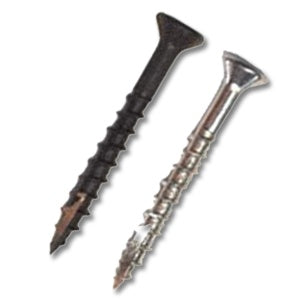
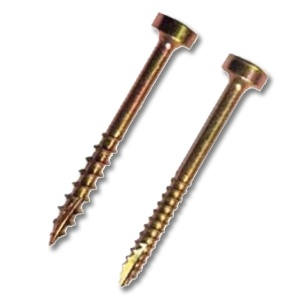
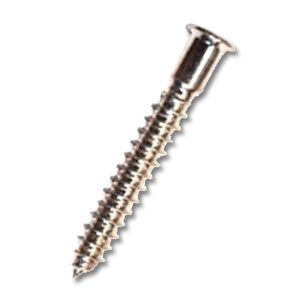
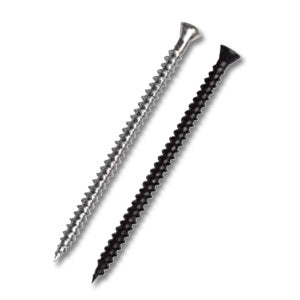
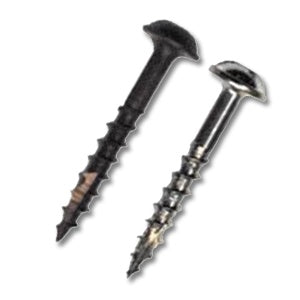
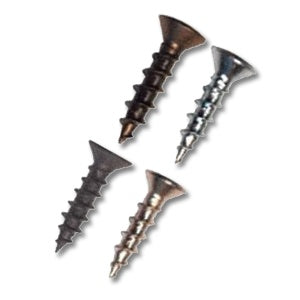
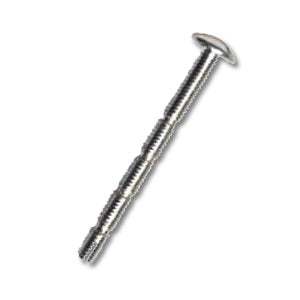









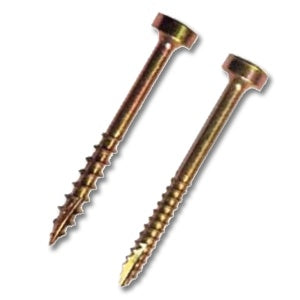
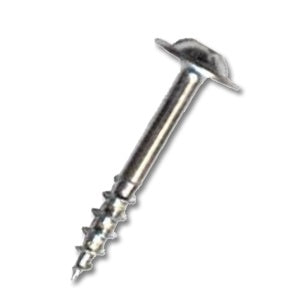
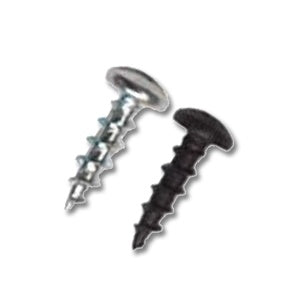
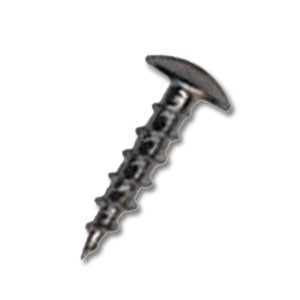
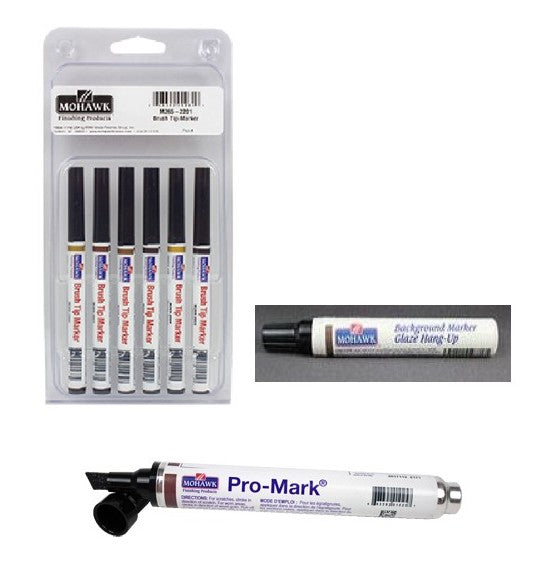
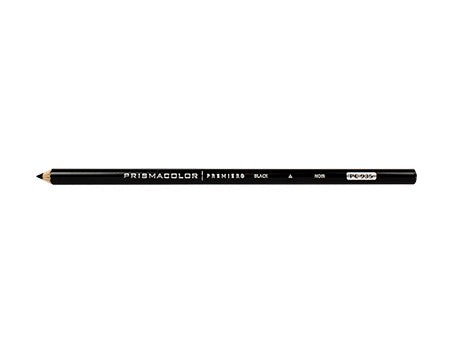
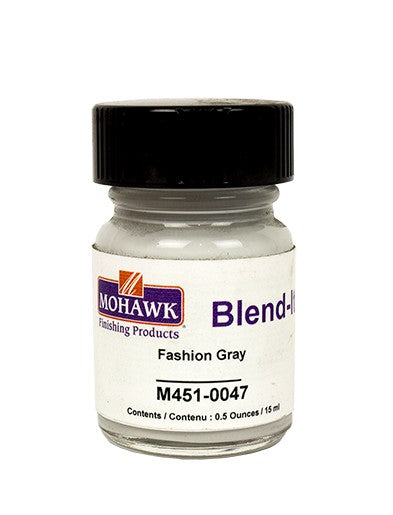
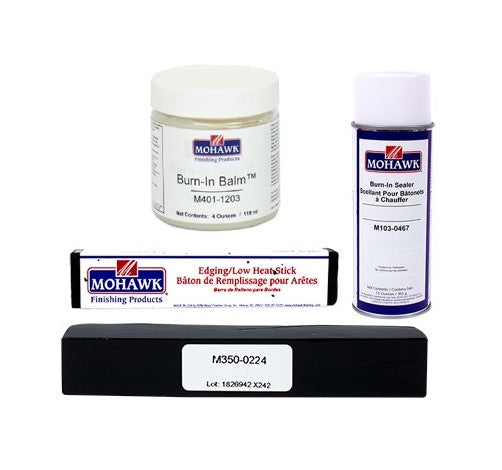
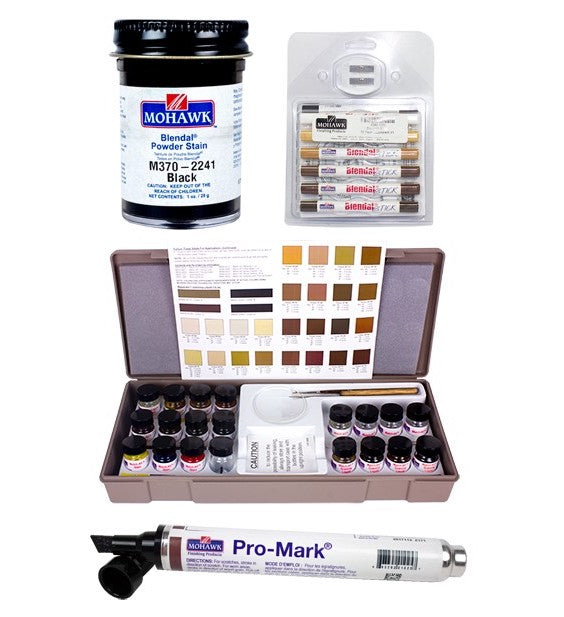
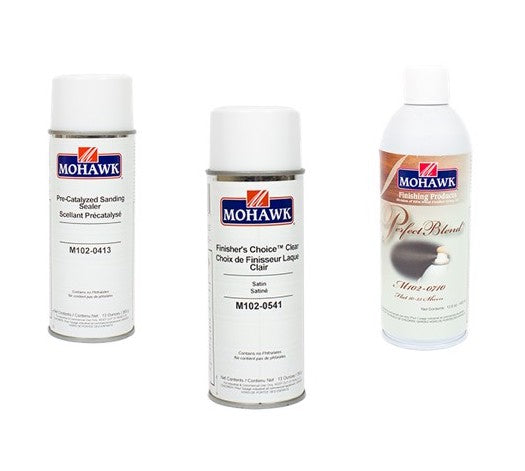
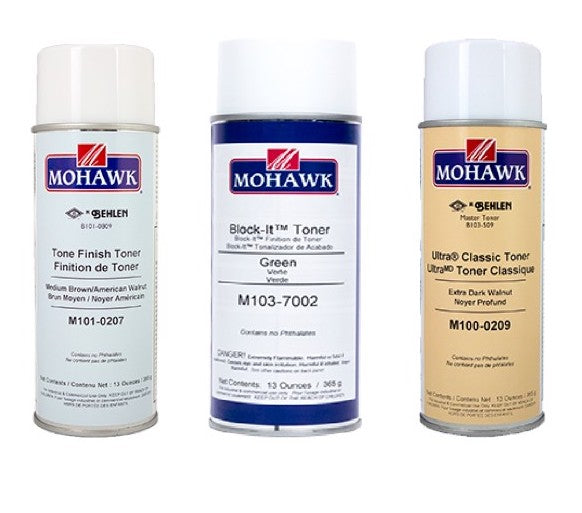
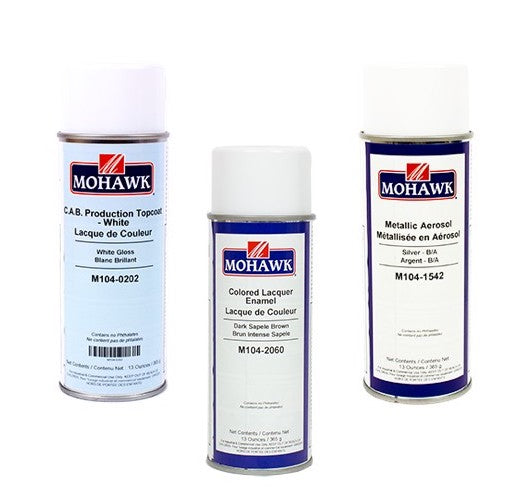
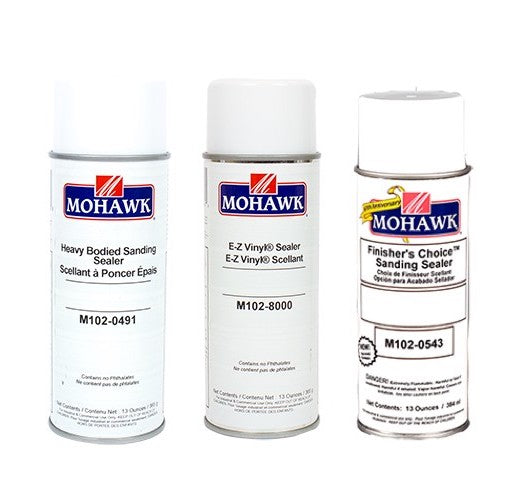
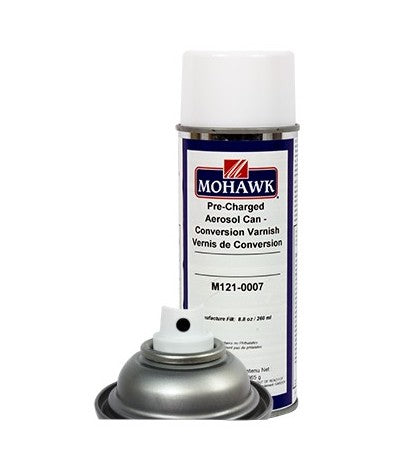





Comment